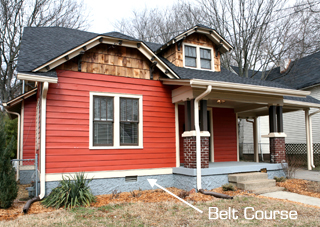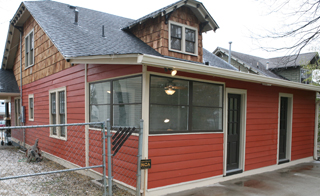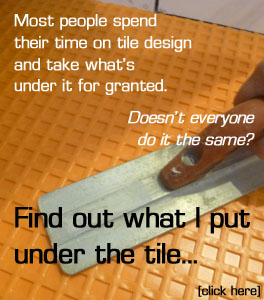I was just reading an interesting article from the Journal of Light Construction called “Exterior Trim: Design Basics” (article link here). In it, architect Jamie Fisher writes about the importance of exterior trim in making your home look more interesting and balanced. In an effort to make homes more affordable, many newly constructed homes are lacking in the exterior trim details that might give it a more appealing character.
I’m always amazed at the difference trim makes in helping any room feel more luxurious or richly appointed. It can be a subtle difference that you may not even notice until someone points it out. For example, many new starter homes are made with very little interior trim. The windows will have no casings, but will soley consist of a window sill and finished drywall. Adding casings to highlight the window will make a huge difference in the feel of the room.
You can also make a substantial change to a room by adding a simple strip of chair moulding around the room and painting the lower section a slightly darker or contrasting color. The trim itself may not be that expensive and is much easier to install than crown, but it can be a pleasing effect that warmly completes the room.
Outside, the effects are largely the same, as Fisher talks about in his article. I especially like his discussion of using trim to break up sections of the house whether it’s a vertical trim that divides an addition from the older part of the house to a belt course, which is a horizontal piece of trim, usually at the floor line that may divide the first floor from the second and mark a change in siding materials.
These trim details are prevalent in older homes, where the craftsmen knew the appropriate uses of trim and how it can make a room more elegant or make the exterior feel more balanced and proportional.











